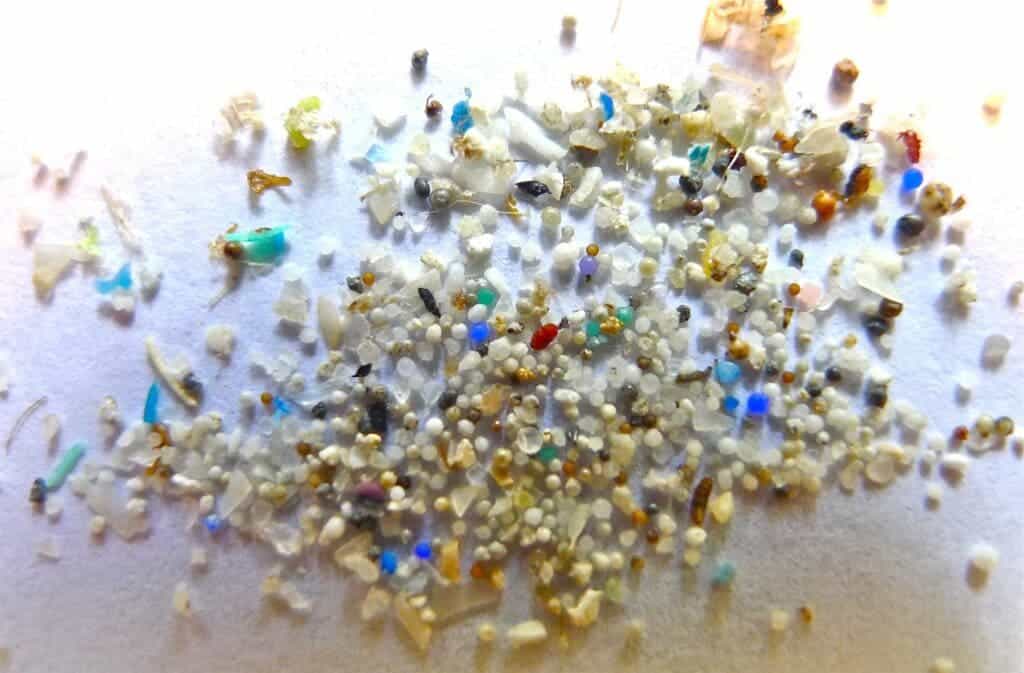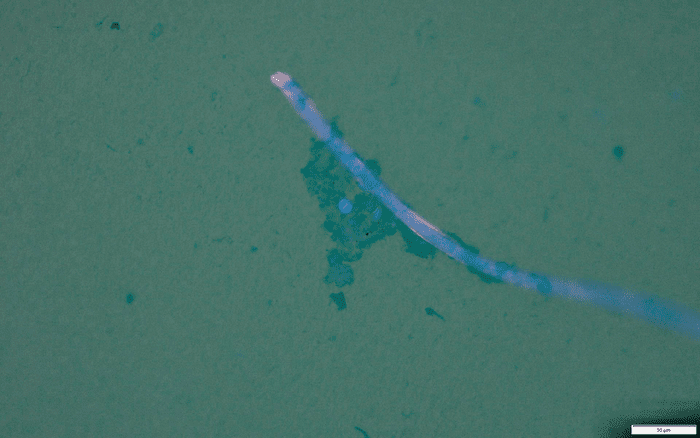
Plastics are a threat both to animal and human health. Not only do they directly threaten marine and land wildlife, but when they break down into smaller pieces, called microplastics, they can be ingested by both animals and humans. Not only are humans ingesting pieces of microplastics — around a credit card’s worth of plastic every week — but microplastics have even been found in human blood and lung tissue.
We still don’t know how bad microplastics are for health, but according to a new study, microplastics are excellent vehicles for pathogens like Toxoplasma gondii, Cryptosporidium (Crypto) and Giardia, which can infect both humans and animals.
A vehicle for disease
It’s easy to dismiss plastic — especially ocean plastic — as a faraway problem that doesn’t affect people. Why should we care that fish or turtles are suffering because of it? But even if you take this cynical (and faulty) logic, you should know that this plastic can still affect human health.
Microplastics can move pathogens around, and the more researchers look at plastic and pathogens, the more they realize they go hand in hand. Previously, the team behind this new study investigated how land-based pathogens can enter the marine food web through natural oceanographic processes such as marine snow and biofilm entrapment. Now, they’ve shown that plastics can also harbor pathogens in seawater.
“With increasing attention and research devoted to plastic pollution in our environment, we started asking ourselves whether similar processes of ‘trapping’ pathogens can occur through these man-made pollutants: plastics,” says Karen Shapiro, from the University of California, Davis, and one of the study authors. “Once they reach different water bodies, plastics start forming a sticky biofilm layer just like many other materials in the sea, and we were interested in figuring out whether there could be some interaction between these two different types of pollutants: pathogens and plastics that both end up in the coastal ocean.”

Take, for instance, T. gondii, a parasite found only in cat poop. Not only has the parasite reached several ecosystems it wasn’t supposed to, but it’s already causing major problems in wildlife populations including otters and seals. Most of the time, the parasite causes asymptomatic infections, but sometimes, it can be dangerous. When the parasite infects pregnant women, it can cause miscarriage or even lifelong problems for the baby. If the pathogen can travel with plastic, then, given how much microplastics we’re producing, it’s likely spreading far and wide already.
Crypto and Giardia also cause gastrointestinal disease, and in children or people who are immunocompromised, they can cause severe disease (or even be life-threatening). This isn’t just a problem for animals — it’s a problem for us as well.
“I think for me one of the main takeaway messages is that our daily life choices and actions can have critical implications on disease transmission that we never envisioned,” Shapiro tells ZME Science. “More specifically for our study, our daily dependence on plastic products implies that there is now widespread pollution with microplastics in virtually every part of the world, and these plastics – along with anything that sticks to their surfaces, including pathogens – make their way into our water and foods.”
Unraveling plastics
In the study, researchers carried out lab experiments to see whether the pathogens would stick to microplastics in seawater. They used two types of plastics: microbeads (found in some cosmetics) and microfibers (which are found in clothing and fishing nets).
Both types of plastics were able to carry pathogens, although microfibers were better carriers than microbeads.
It’s not clear just how much damage these pathogens are causing. However, microfibers have already been found in shellfish and given that microplastics in general travel long distances (and can either sink or float), it’s possible that they’re spreading pathogens far and wide across oceanic food webs.
We’ve only started realizing just how common microplastics are in recent years, and researchers are still trying to understand just how big of a threat these small particles pose. This study doesn’t bode well.
“Unfortunately, I think we are only barely starting to scratch the surface in terms of understanding what kind of harm microplastics can cause to both people and animals,” says Shapiro. “I think one thing we should be doing better is thinking about plastic pollution more holistically as one type of contaminant in literally a sea of pollution and life where unexpected interactions can occur.”
Shapiro calls for more cross-disciplinary studies to tackle the problem from multiple angles — especially as life on land and the sea are interconnected. The study was “successful only because we had an amazing team of experts work together – from those focusing on microplastics to parasitologists, shellfish biologists and epidemiologists,” the researcher says.
This is the type of collaboration that’s necessary if we want to understand (and ultimately tackle) the type of challenge posed by microplastics.
The study has been published in Scientific Reports.






